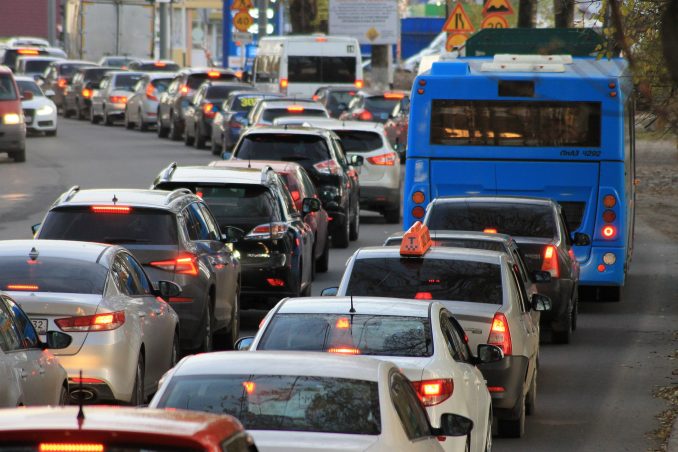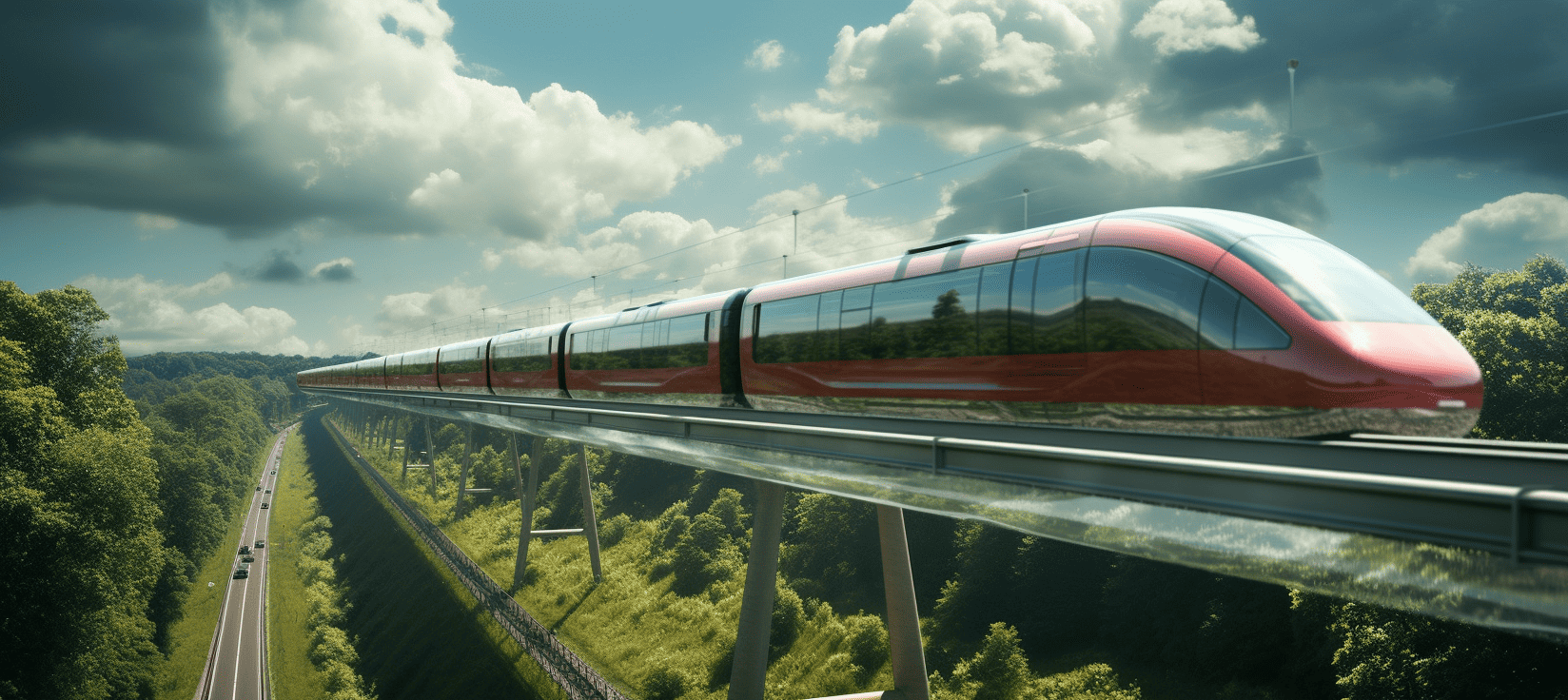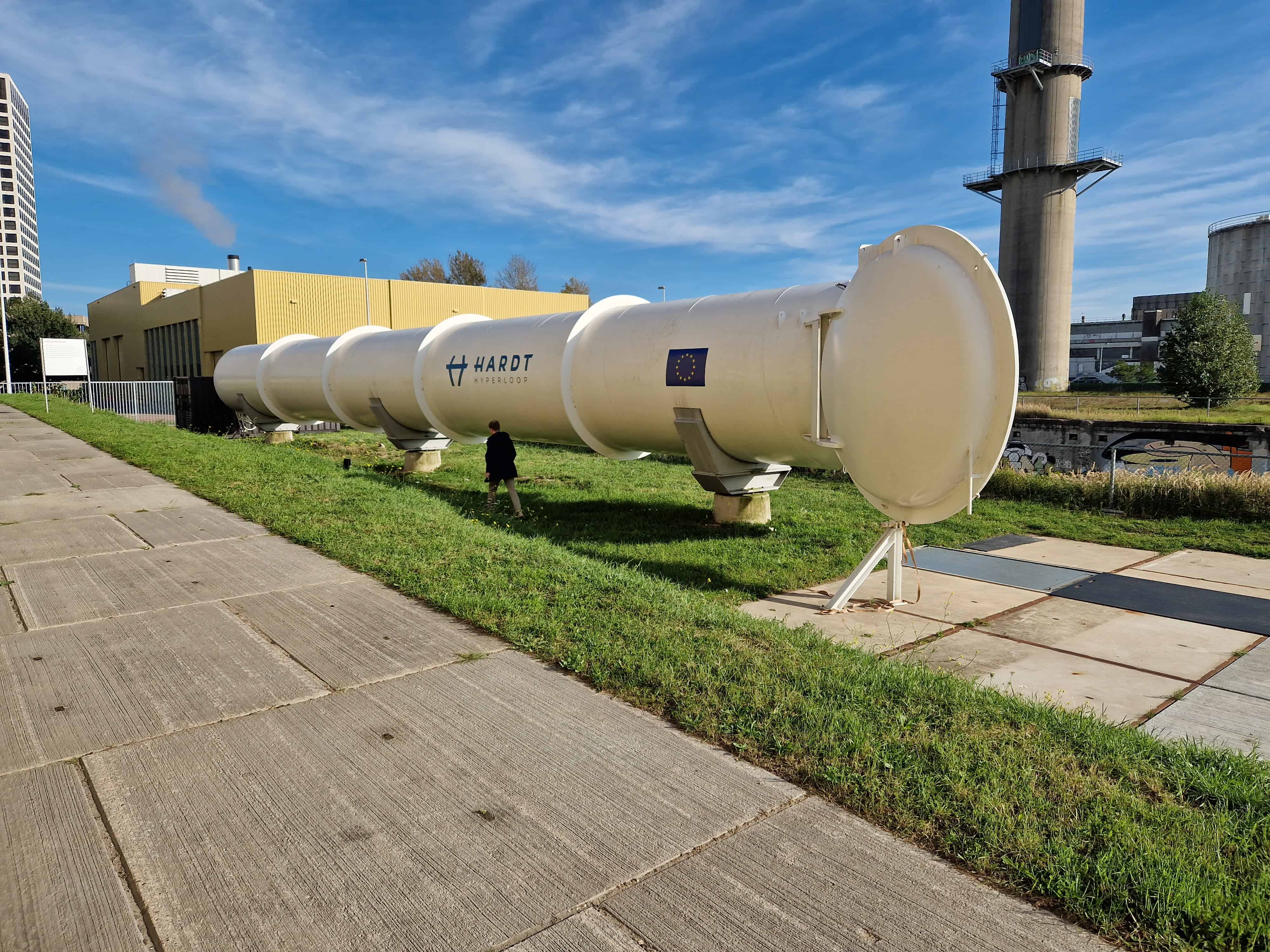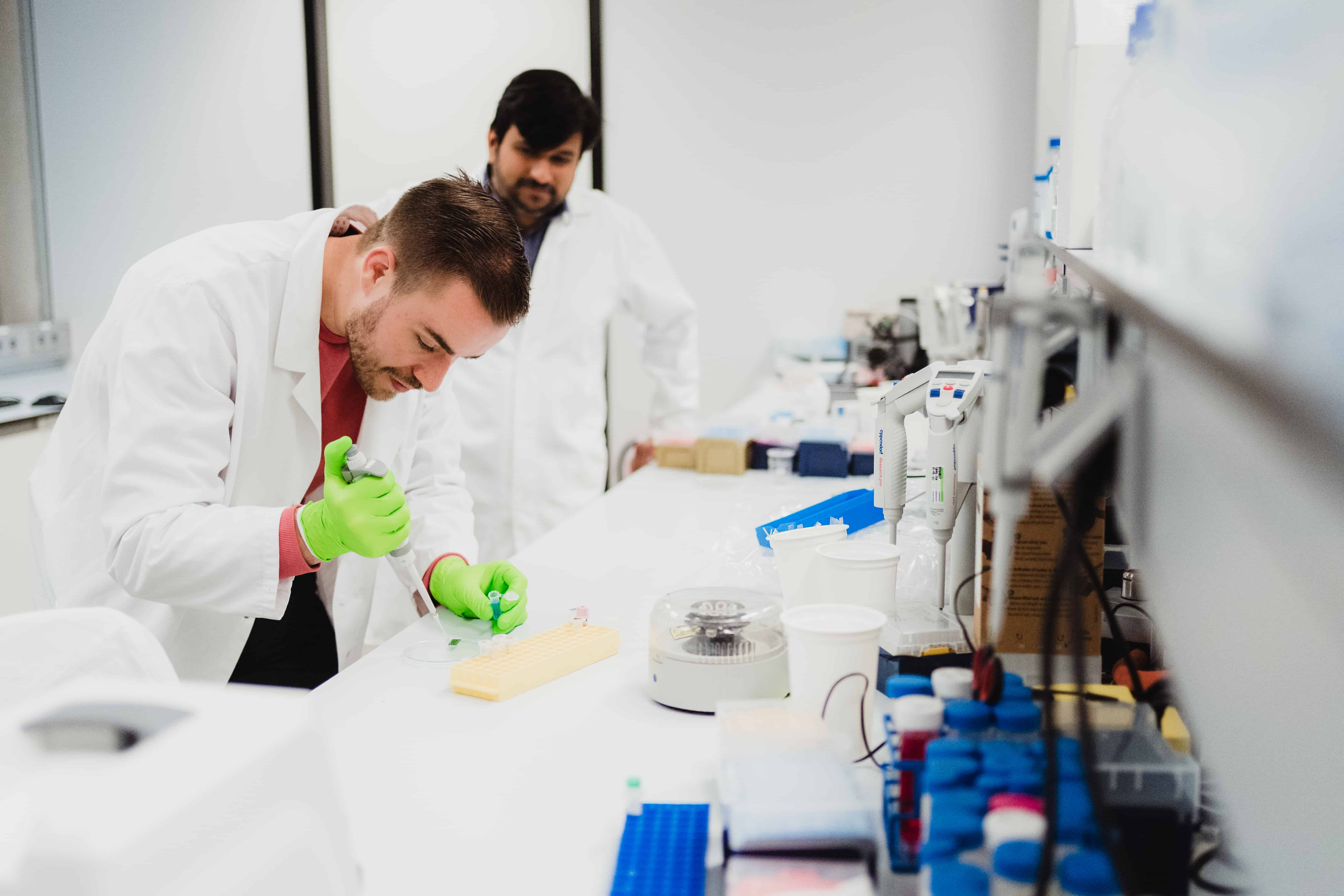
The commonly held idea in government is that transport by road is worse than by rail or water. However, an analysis carried out by the Netherlands Organisation for Applied Scientific Research (TNO) has shown this not to be the case. What the government is not taking sufficiently into account are technological innovations that are more promising and cheaper for goods transport on roads. This is stated in the TNO white paper ‘Succesvolle mobiliteitstransitie met adaptieve reisbegeleiding‘ (‘Successful mobility transition with adaptive travel management‘).
This is not the only surprising outcome of the study. TNO also discounts optimistic expectations of the effect of self-driving cars on traffic congestion in cities. According to TNO, the reverse is more likely to be the case.
A lot of people think that safe, automated cars cause fewer emissions and do not require much parking space. However, TNO’s calculations show that in the most unfavorable situation, the number of kilometers vehicles drive will increase by 74%! and congestion in cities will more than triple. Not counting he loss of tax revenues and a drop in walking and cycling.
Adaptive policy
Things that TNO is pushing for are less rigid frameworks and more flexibility. “Rapid and dynamic changes in mobility necessitate a shift in focus when it comes to government policy. Instead of laying down an exact route, we need a more flexible, adaptive approach that focuses on the ultimate social objectives (safety, quality of life and accessibility).”

TNO also reports: “Innovations in the field of automated vehicles and self-organisation, cleaner vehicles and data platforms are progressing at a faster pace in road transport than in rail and inland shipping. As a result, transport costs and environmental impacts for road transport will be reduced at a greater and faster rate than for rail and inland shipping. If trucks are able to drive in large numbers and autonomously at night, accessibility will also improve.”
Advice
TNO therefore recommends that transport policy – which is currently geared to a shift from road to rail and inland shipping – be reassessed by incorporating new opportunities and insights for all modalities into long-term policy-making decisions.
This new adaptive way of policy-making does however require in-depth knowledge, according to TNO. This includes knowledge of technologies, the speed of innovation, all associated costs and potential implications for the mobility system. But also knowledge concerning the impact on social goals such as safety, quality of life and health.
Read a recent IO article on the transport of the future with self-driving trucks here.






